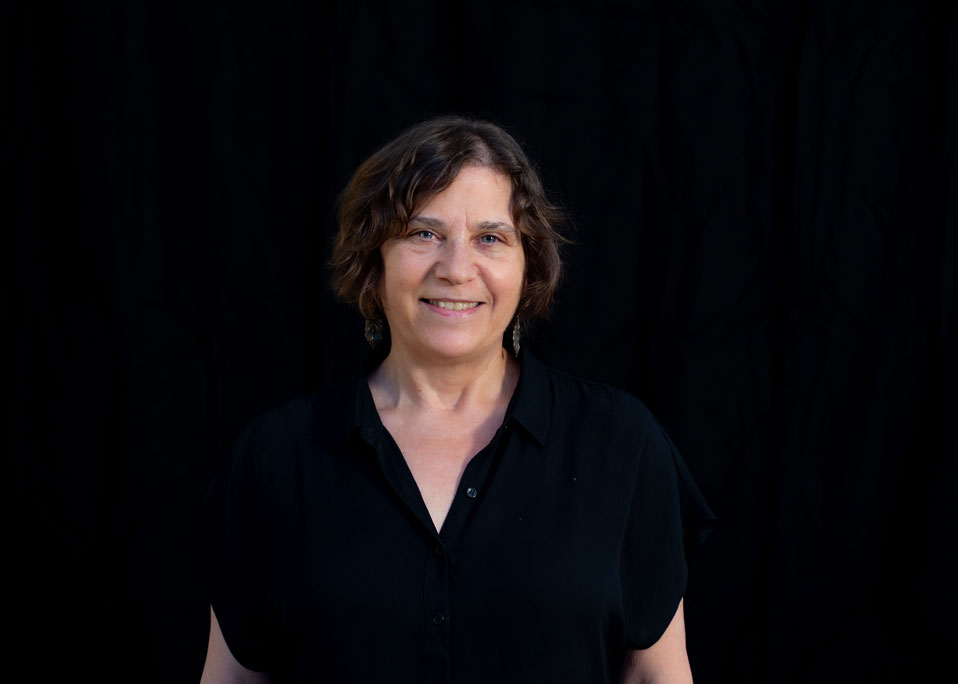
A protest in Washington, D.C. calling on elected officials to protect TPS. Bryan Vana / AFSC
Today, more than 800,000 immigrants in the U.S. have Temporary Protected Status (TPS). TPS is a provision under which the government protects people from deportation from certain countries afflicted by natural disasters, war, or other dangerous conditions.
Here’s what you need to know.
1. What is TPS?
Temporary Protected Status (TPS) is a program that allows nationals of certain countries to live and work in the United States without threat of deportation for a limited time, with the possibility of being extended and redesignated. The TPS program was created by a bipartisan act of Congress in 1990, after years of organizing and advocacy across the country by immigrants and their allies. The law allows the Department of Homeland Security (DHS) to grant TPS to people from certain countries when catastrophic events occur, including war, famine, natural disasters, and epidemics.
Since its inception, the TPS program has served as a lifeline for hundreds of thousands of people already in the U.S. when disasters struck their home countries. It affords the opportunity to obtain work authorization and a Social Security Number, ensuring that anyone with TPS can fully participate in their local communities.
However, TPS is a temporary, humanitarian form of relief. It does not grant permanent residence in the United States. A country’s TPS designation can be made for six, 12, or 18 months. At least 60 days prior to the expiration date, the DHS secretary must decide whether to extend or terminate a country’s TPS designation based on conditions in that country. Because the conditions that lead to a grant of TPS can continue for years, most TPS designations have either been extended or even redesignated regularly.
2. Who benefits from TPS?
Today, TPS protects around 800,000 people in the U.S. from 16 countries. Without this protection, they would otherwise be at risk for deportation to areas facing extreme violence, starvation, the aftermath of natural disasters, and other potentially life-threatening conditions. And the countries they come from would face the burden of reintegrating people under these challenging circumstances.
To see which countries are designated for TPS, see this list from U.S. Citizenship and Immigration Services.
Most TPS recipients have been in the U.S. for decades and are vital members of our communities. Many have U.S.-born children. They are part of our faith communities, schools, businesses, and social networks.
TPS has helped them to better adjust to life in the U.S., earn money to support themselves and their families, and contribute to their communities and the economy. TPS holders are employed in key essential industries, including health care, food industries, transportation, delivery, and warehousing.
3. Where does TPS stand now?
The Trump administration has announced plans to end TPS for Haitians, Venezuelans, Afghans, Cameroonians, Hondurans, and Nicaraguans. We anticipate that the Trump administration will try to end TPS for other countries.
But these attempts will likely be met with more litigation. Since TPS was established through congressional legislation, only an act of Congress can permanently eliminate the program.
4. What happens if TPS ends?
Ending TPS will send these communities in the U.S. into turmoil, hurting individuals and families who have been here for years. Because TPS holders are vital members of society, ending the program would also devastate many more people who are friends, neighbors, co-workers, and fellow community members.
For years, TPS community members, advocacy organizations, social justice groups, and other allies have fiercely advocated for a path to citizenship for all TPS holders. They are also calling to preserve the option of designating additional countries for TPS when conditions require protection from deportation. Despite efforts by the Trump administration and some members of Congress to end TPS, the program remains in place and current TPS holders are still protected.
5. How do U.S. policies create the need for TPS?
The U.S. has a history of contributing to instability in countries covered by TPS. In Honduras, El Salvador, Nicaragua, and Haiti, for example, the U.S. supported totalitarian regimes and paramilitary forces—contributing to conditions that forced people to leave.
Today, the U.S. continues to push for increased militarization of security in Central America, exacerbating violence and fueling forced migration—all while advocating for trade and investment policies that deepen poverty and inequality.
6. What can we do to protect TPS?
Regardless of who is president, immigrants, allies, and advocacy organizations—including AFSC—will keep organizing and advocating to protect this vital program. In the months and years ahead, we will provide opportunities and resources for people to join our efforts.
Ultimately, we need legislation to provide permanent protections for TPS holders and all immigrants in the U.S. It’s time that we recognize immigrants as vital members of our community by creating a pathway to citizenship for all and strengthening temporary protections in the meantime.
